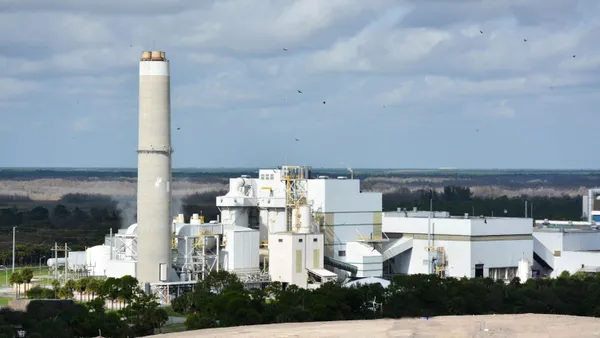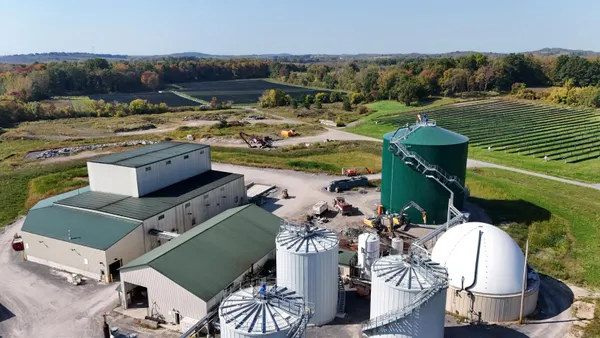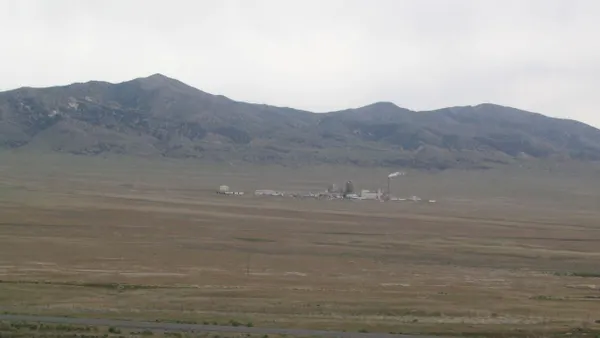Dive Brief:
- At the close of 2015, there were 71 waste-to-energy (WTE) plants in the US with a total capacity of 2.3 gigawatts, a fifth of which originated in Florida, according to the US Energy Information Administration (EIA). New construction has dwindled; in 2015, Florida's Palm Beach Renewable Energy Facility became the first new WTE plant since 1995. That state, and four Northeastern states, account for most WTE electricity production nationwide.
- About 90% of the nation’s WTE electricity generation capacity was added between 1980 and 1995. But in the early 1990s as attention was called to potentially harmful emissions, which led to requirements for installation of expensive air pollution control systems, designers stopped building these facilities. However capacity continues to be added to existing, permitted facilities.
- EIA estimates that WTE plants burned about 29 million tons of MSW in 2015; all but 3 million were used to make electricity, though only 0.4% of the nation’s electricity comes from these plants.
Dive Insight:
Across most industries, market trends fluctuate—sometimes radically, as is the case in the WTE arena. Trash-burning plants boomed for 15 years when landfilling MSW was quite costly, but the cost of WTE skyrocketed with the introduction of environmental regulations calling for expensive technologies, bringing WTE plants to a near-dead halt.
Further challenging this solid waste management niche is the debate over potential environmental and public health impacts, especially of incineration.
While biomass, biogas, and WTE collectively grew by 15% since 2008, wind, touted as a cleaner alternative energy source, spiked by 65% in 2014 alone.
WTE proponents push the technology as a way to manage MSW—with the resulting electricity being a second benefit. Burning MSW cuts waste by about 87%, according to the US. Energy Information Administration. Opponents say trash-to-energy is bad for the environment and public health, particularly in the form of incineration. Others say we need multiple forms of renewable energy sources rather than being dependent on just one.










